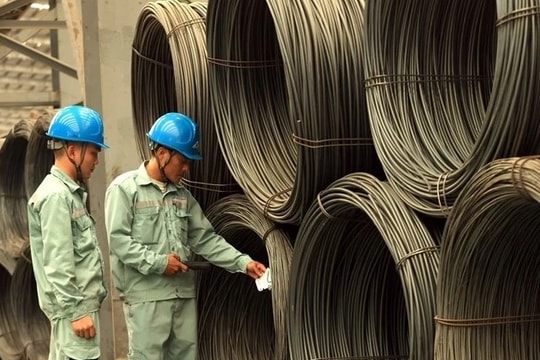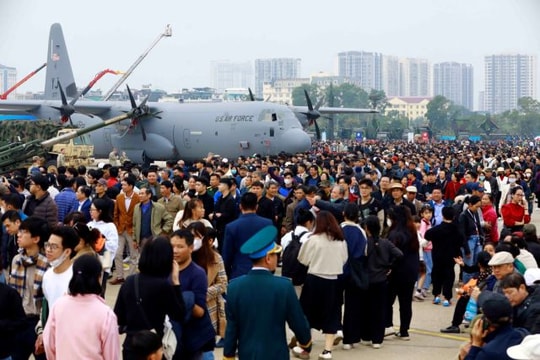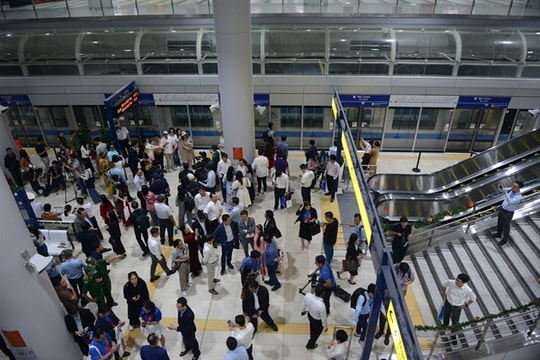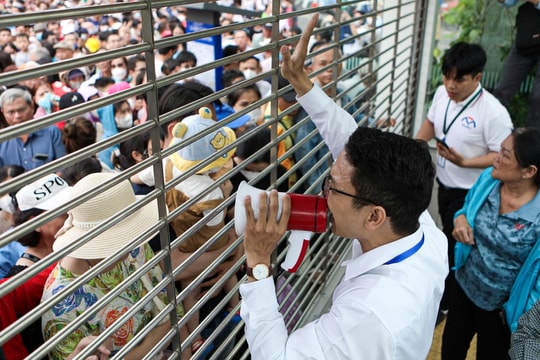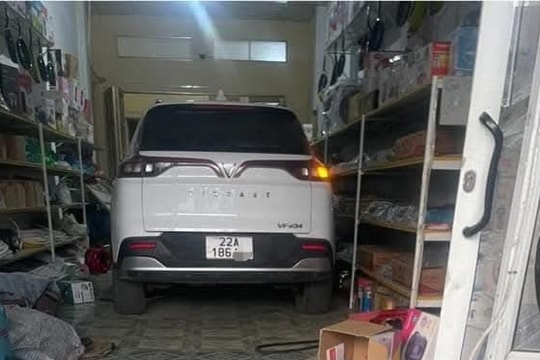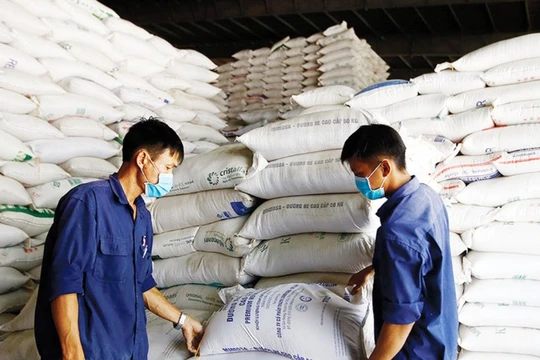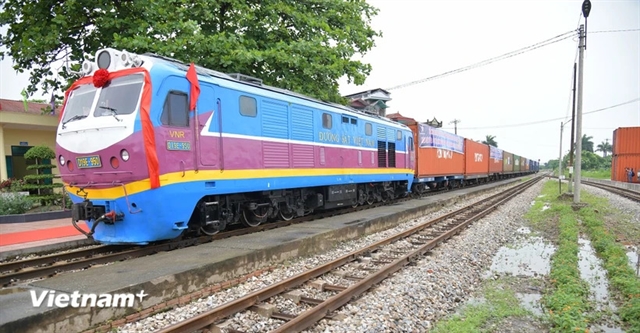 |
| An international freight train connects to China. — VNA/VNS Photo Việt Hùng |
HÀ NỘI — The Lào Cai-Hà Nội-Hải Phòng-Quảng Ninh railway line, stretching more than 447km through ten cities and provinces, is expected to boost freight capacity between Việt Nam and China, according to the Việt Nam Railway Administration (VRA).
The VRA has submitted a proposal to the Ministry of Transport to review and approve the project. This aims to meet the growing demand for rail transport and to maximise the line’s capacity.
The railway will start in Lào Cai, connecting to China’s railway network and end at Cái Lân Station in Hạ Long City, Quảng Ninh Province. It will pass through Lào Cai, Yên Bái, Phú Thọ, Vĩnh Phúc, Hà Nội, Bắc Ninh, Hưng Yên, Hải Dương, Hải Phòng and Quảng Ninh.
The railway spans a total length of 447.66 km, with segments divided as follows: 64.82km in Lào Cai, 76.95km in Yên Bái, 60.05km in Phú Thọ, 41.75km in Vĩnh Phúc, 40.93km in Hà Nội and Bắc Ninh, 18.57km in Hưng Yên, 40.97km in Hải Dương, 81.66km in Hải Phòng and 36.62km in Quảng Ninh.
In Hải Phòng City, the railway includes the main line to Lạch Huyện Port, spanning 46.25km, a branch to Nam Đồ Sơn Port extending 12.63km, a branch to Đình Vũ Port covering 7.88km and a connection to Quảng Ninh measuring 14.9km. In Quảng Ninh Province, a new line of 25.95km will be constructed, along with 10.67km of existing track.
The route will include approximately 145 bridges, spanning 106.62km over major rivers like the Hồng (Red), Lô, and Bạch Đằng rivers, as well as highway overpasses such as Hà Nội-Lào Cai, Hà Nội-Hải Phòng, and Hải Phòng-Quảng Ninh. It will also feature 42 tunnels, spanning 23.28km, mainly in Lào Cai and Yên Bái provinces.
There will be 41 stations along the line, with Lào Cai serving as a departure station and international interchange. Four key freight stations will include Lạch Huyện Port, Nam Đồ Sơn, Nam Đình Vũ and Đình Vũ.
The estimated capital needed for this project, through 2050, is VNĐ183.85 trillion ($7.27 billion). This includes VNĐ24.06 trillion ($793.5 million) for land clearance, VNĐ110.13 trillion ($4.35 billion) for construction and equipment, VNĐ16.19 trillion ($640.4 million) for other costs and VNĐ33.55 trillion ($1.32 billion) for contingency costs.
Based on traffic demand and major construction requirements, the VRA proposed launching the Lào Cai-Hà Nội-Hải Phòng section by 2030. The Hải Phòng-Quảng Ninh section would follow after 2030, aligning with the development of a coastal railway from Nam Định to Quảng Ninh.
In terms of investment capital, the first phase will need VNĐ160.77 trillion ($6.35 billion), with full land clearance, 95 per cent of construction and equipment costs, 95 per cent of other costs and 50 per cent of contingency costs. The second phase will require VNĐ23.08 trillion ($912.9 million) for project completion and settlement.
To fund the railway, the VRA suggested using a combination of central budget funds, preferential loans and social capital. — VNS



